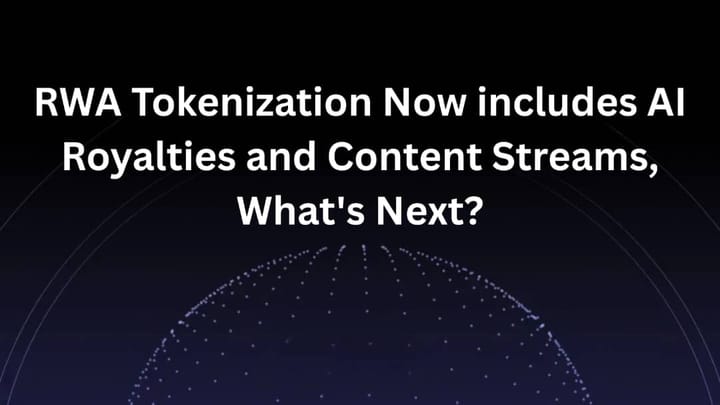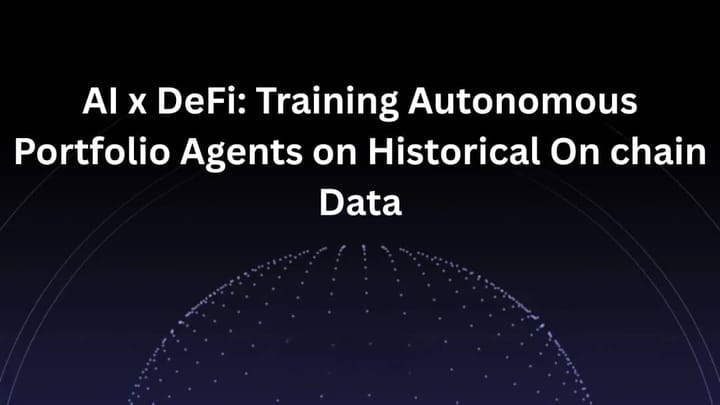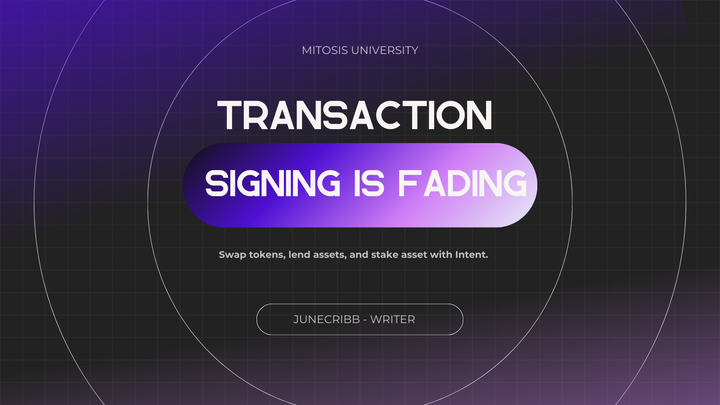From Speculation to Sustainability: How Mitosis Redefines DeFi Ownership
Introduction
In the ever-evolving world of decentralized finance (DeFi), the conversation is shifting. A recent post by @LukeAlwaysAwake prompted a deeper reflection on Ethereum's scaling challenges, the rise of alternatives like Monad and megaETH, and the need for sustainable DeFi frameworks. While much of the crypto space remains captivated by performance metrics and VC-backed narratives, Mitosis offers a different answer — one that redefines ownership, participation, and reward in DeFi.
This article explores how Mitosis addresses core economic problems in the space by introducing a transparent, community-owned liquidity framework that aligns long-term incentives and reshapes power dynamics.
The Problem with Traditional DeFi Models
Speculative Cycles and VC Dominance
Most DeFi ecosystems today follow a familiar pattern: VC funding drives early momentum, insiders gain privileged access, and tokenomics are often designed for short-term price action. As a result, projects experience boom-and-bust cycles, liquidity is mercenary, and users are left chasing yield across fragmented protocols. Even high-performance blockchains like Monad or megaETH cannot solve this if their economic layer remains extractive.
Luke's post asks the right question: what if the issue is not technology, but the structure of incentives? Mitosis believes that true progress lies not only in higher TPS, but in distributing power, yield, and decision-making more equitably.
Mitosis as a Sustainable Alternative
Ecosystem-Owned Liquidity (EOL)
Mitosis introduces Ecosystem-Owned Liquidity (EOL) — a framework where users pool their assets into community-governed vaults. Unlike traditional DeFi where LPs individually chase the highest APR, EOL aggregates liquidity and allows governance participants to vote on how capital is deployed across DeFi protocols.
Instead of exit-focused token incentives, Mitosis rewards participation through sustainable, protocol-driven revenue, distributed transparently via Vanilla Assets and miAssets.
This approach:
- Makes capital stickier by reducing yield-chasing behavior
- Empowers small LPs through collective bargaining
- Aligns incentives around protocol health, not hype
Transparency Over Privilege
In many protocols, key yield opportunities are negotiated behind closed doors — private deals, bonus APRs, and preferential vesting schedules. Mitosis flips that model: all liquidity flows, rewards, and governance actions are on-chain and verifiable. There’s no privileged class. Yield belongs to the ecosystem.
Users receive on-chain representations of their deposits (Vanilla Assets), which remain liquid and usable in other parts of the ecosystem, including Matrix campaigns — high-yield opportunities offered transparently by partner protocols.
Conclusion: A More Durable DeFi
Mitosis doesn’t just scale Ethereum’s liquidity — it rethinks how DeFi works at its core. By shifting power from insiders to communities, by replacing opacity with transparency, and by aligning rewards with long-term participation, Mitosis lays the foundation for a more just and resilient ecosystem.
Newcomers entering DeFi through Mitosis don’t need to “play the insider game.” They earn fairly, govern directly, and grow alongside the protocols they support. It’s a system where real yield meets real ownership.
Website | Documentation | X (Twitter) | Discord | Telegram



Comments ()